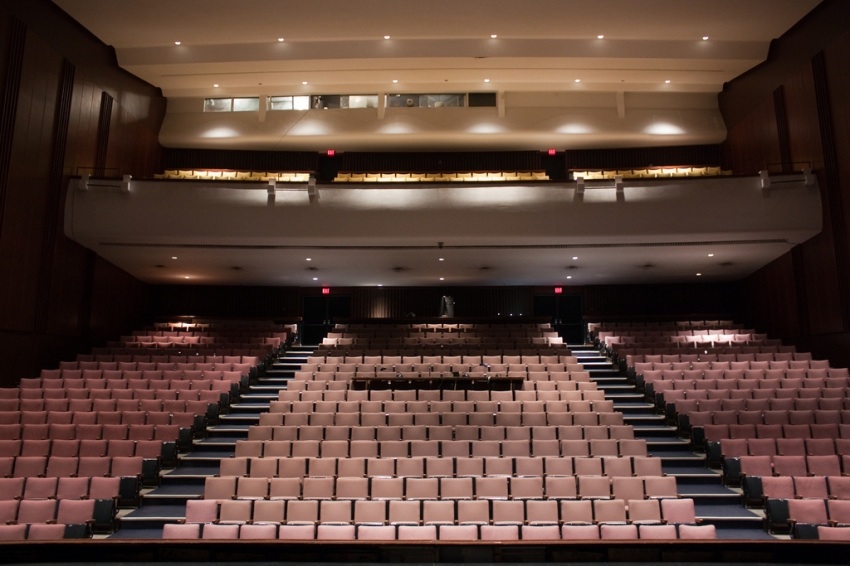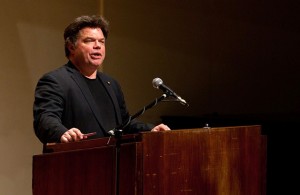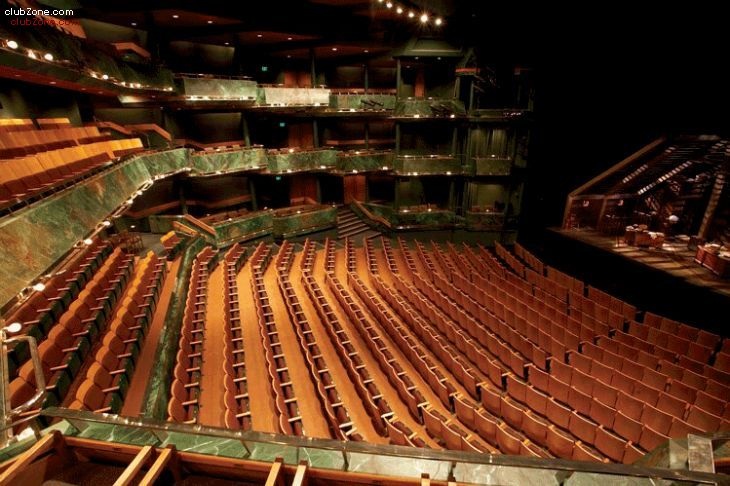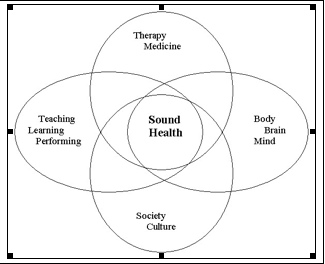
Now in his second year as dean of University of Toronto’s Faculty of Music, Don McLean is planning wide-ranging changes to the school’s focus as well as its primary home, the Edward Johnson Building. The latter include a makeover of the MacMillan Theatre to make it into a practical venue for opera.
- Classical Music 101: What Does A Conductor Do? - June 17, 2019
- Classical Music 101 | What Does Period Instrument Mean? - May 6, 2019
- CLASSICAL MUSIC 101 | What Does It Mean To Be In Tune? - April 23, 2019

Over a recent lunch conversation, McLean outlined a list of plans that, if he can make them happen, represent the most significant changes to the Faculty’s focus and buildings since it moved into the Edward Johnson Building in 1962.
For Toronto music and opera fans, the change with the greatest day-to-day impact would be the remaking of the 815-seat MacMillan Theatre from an all-purpose auditorium into a full-featured opera house, complete with horseshoe-shaped balcony seating.
The dean says he has been speaking to KPMB Architects about the renovation. It’s the firm that designed the Royal Conservatory of Music’s Telus Centre (including Koerner Hall) as well as the remade interior of Roy Thomson Hall.
According to McLean’s description, the new MacMillan Theatre would shed its utilitarian Modernist shape for something that looks more like this:
McLean says he has commissioned an engineering report on the Edward Johnson Building to help him explore the structure’s options. This includes wholesale changes to the spacious lobby, the possible addition of class and practice rooms on the roof alongside new fly space for the MacMillan Theatre and, if the fundraising and property planning gods cooperate, the inclusion of the old McLaughlin Planetarium building site into his redevelopment plans.
The MacMillan Theatre was built to accommodate full-scale opera rehearsals at a time when the still-fledgling Canadian Opera Company did not have its own facilities. The stage is full-size, as is the orchestra pit, which can handle 60 musicians. But backstage space is tight, and the auditorium lacks intimacy, the balcony has terrible sight lines and the acoustics are not ideal.
The Edward Johnson Building dates from an era when the Faculty of Music and Royal Conservatory operated under a single administrative umbrella, with the University’s portion operating more as a school for teachers and musicologists and the Conservatory focused on performance.
According to the Canadian Encyclopedia, the Faculty of Music awarded 618 degrees between 1969 and 1978. McLean says that, this school year, there are 950 students in the faculty. Like the TTC, this infrastructure is stretched well beyond its intended capacity.
McLean has also hired some star faculty in the voice and opera areas, including Wendy Nielsen and Daniel Taylor. Canadian Opera Company chorus master Sandra Horst is also a faculty member, and McLean has great hopes for further ties with the Canadian Opera Company to give the school’s Opera Division additional heft.
The dean also waxes enthusiastic about the school’s annex building at 90Wellesely St E., musing about how great it would be to offer an enhanced jazz programme backed up with a performance café on the ground floor, just a block east of Bay St.
How all of this will actually play out depends on the success of the school’s fundraising efforts. Unlike the other big Toronto culture capital campaigns of the past decade, this one revolves around an institution that, even after all the changes can take place, is not concerned with public events but with providing students with the best education and tools of the day.
McLean is very conscious of this, so he is also hoping for more international students (who bring in more revenue) as well as a new academic group that will try to integrate the expertise at the Faculty of Music with the University’s larger ambitions to be a leader in pure research.
The dean’s academic baby is the Music and Health Research Collaboratory, an interdisciplinary (medicine, psychology, neuroscience and social sciences) adventure that aims to look at the relationships between music and health.
Here is a diagram of how the disciplines are supposed to intersect (for complete details on the programme, click here):
“The remarkable reality, in my view, is that by coordinating under one conceptual roof the dispersed pockets of excellence that are already present locally and regionally, and by moving quickly to seed common projects and to make global contacts, we have the potential to move to a position of international prominence in a very short time,” said McLean in a speech to alumni and donors a couple of weeks ago.
All together, the changes and projects that McLean speaks of are massive and will take years to shape. But he did arrive at the University in January 2011 with a long history of making things happen. He spent nearly 10 years remaking McGill University’s tired Faculty of Music into a centre at the cutting edge of audio technology before packing his bags for Toronto.
It’ll be fascinating to see how all of this unfolds over the next few years.
John Terauds
- Classical Music 101: What Does A Conductor Do? - June 17, 2019
- Classical Music 101 | What Does Period Instrument Mean? - May 6, 2019
- CLASSICAL MUSIC 101 | What Does It Mean To Be In Tune? - April 23, 2019





